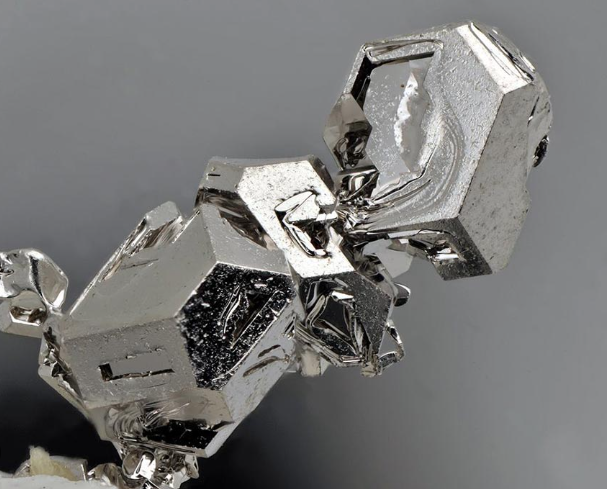💎 Platinum has long been one of the rarest and most valuable precious metals on Earth. It occurs in nature less frequently than gold or silver, and its extraction requires tremendous effort.
But this wasn’t always the case. For much of human history, platinum was undervalued – considered a “difficult” metal due to its processing complexity. Only in the 20th century, with the rise of advanced technologies, did jewelers fully appreciate its potential. Since then, platinum has become a symbol of luxury and durability.
So, platinum deserves admiration not only for its rarity – it has plenty of other remarkable qualities.
Beauty that doesn’t fade
Platinum has a noble silvery-white color that remains unchanged over the years. It doesn’t oxidize, tarnish, or lose its tone. This makes it a perfect choice for jewelry that lasts for generations.
Strength and reliability
Platinum is nearly twice as hard as gold. That means rings or bracelets made of platinum are much more resistant to damage.
The metal is so strong that pure platinum, without any alloying, can be used to make jewelry. That’s truly a unique feature.
Scratches without drama
Yes, platinum can be scratched – like any metal. But unlike others, it doesn’t chip or tear. Its structure shifts rather than breaks, making platinum pieces incredibly durable.
Platinum isn’t just a metal – it’s a status symbol
Thanks to these exceptional qualities, platinum is rightly called the “Queen of Colored Metals.” It’s chosen for wedding rings, collector’s items, and even prestigious awards.
📌 Conclusion
If you’re looking for a metal that combines beauty, strength, and nobility – platinum is the perfect choice. It stands the test of time, retains its brilliance, and holds its value for decades. There’s something eternal in platinum jewelry – and that’s not just marketing, it’s a fact confirmed by nature and history.
All content provided on this website (https://wildinwest.com/) -including attachments, links, or referenced materials — is for informative and entertainment purposes only and should not be considered as financial advice. Third-party materials remain the property of their respective owners.


